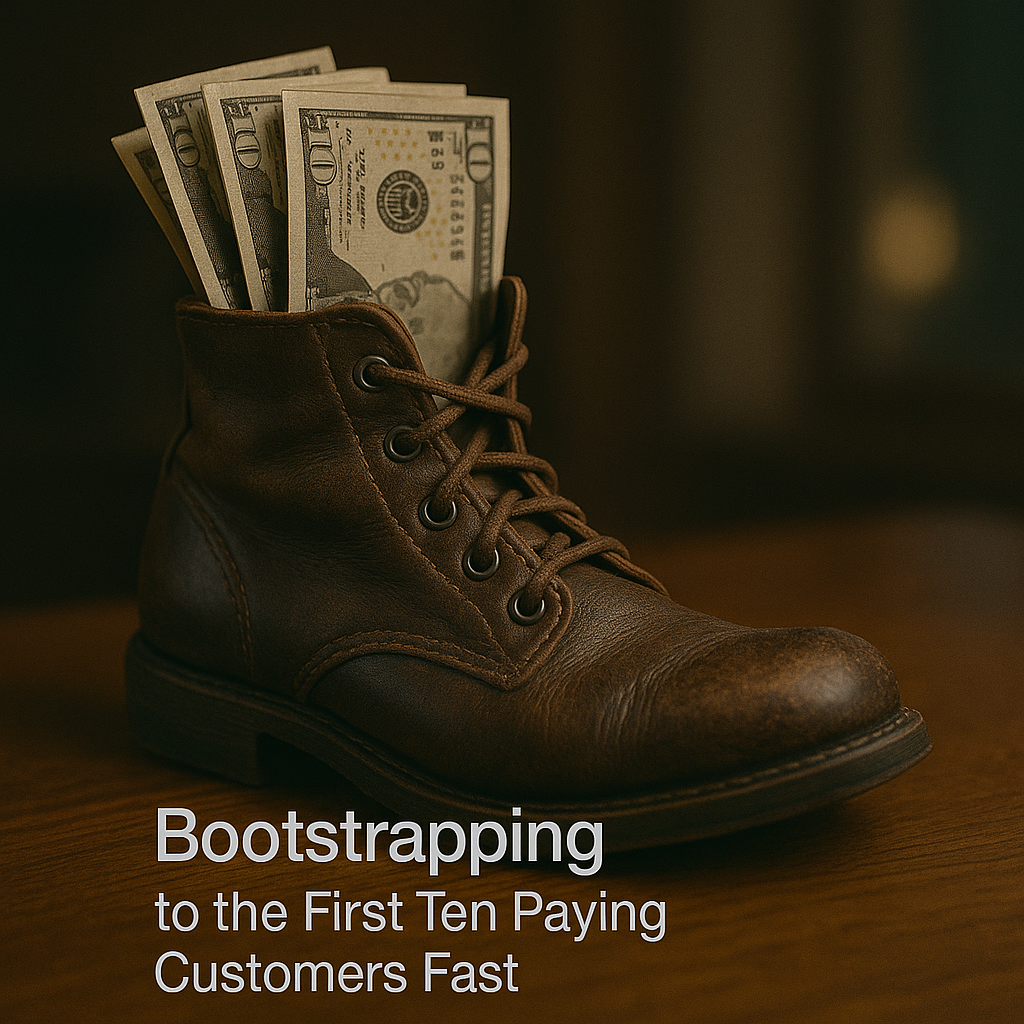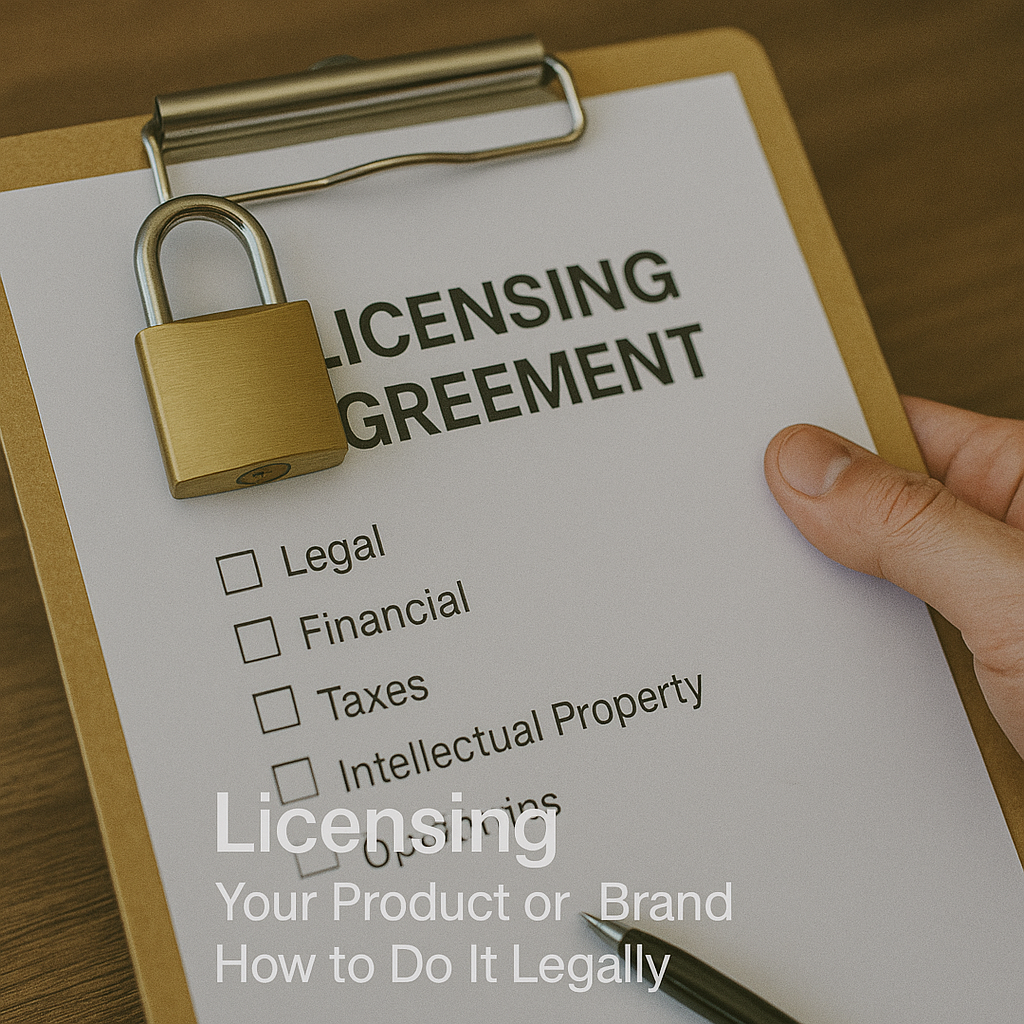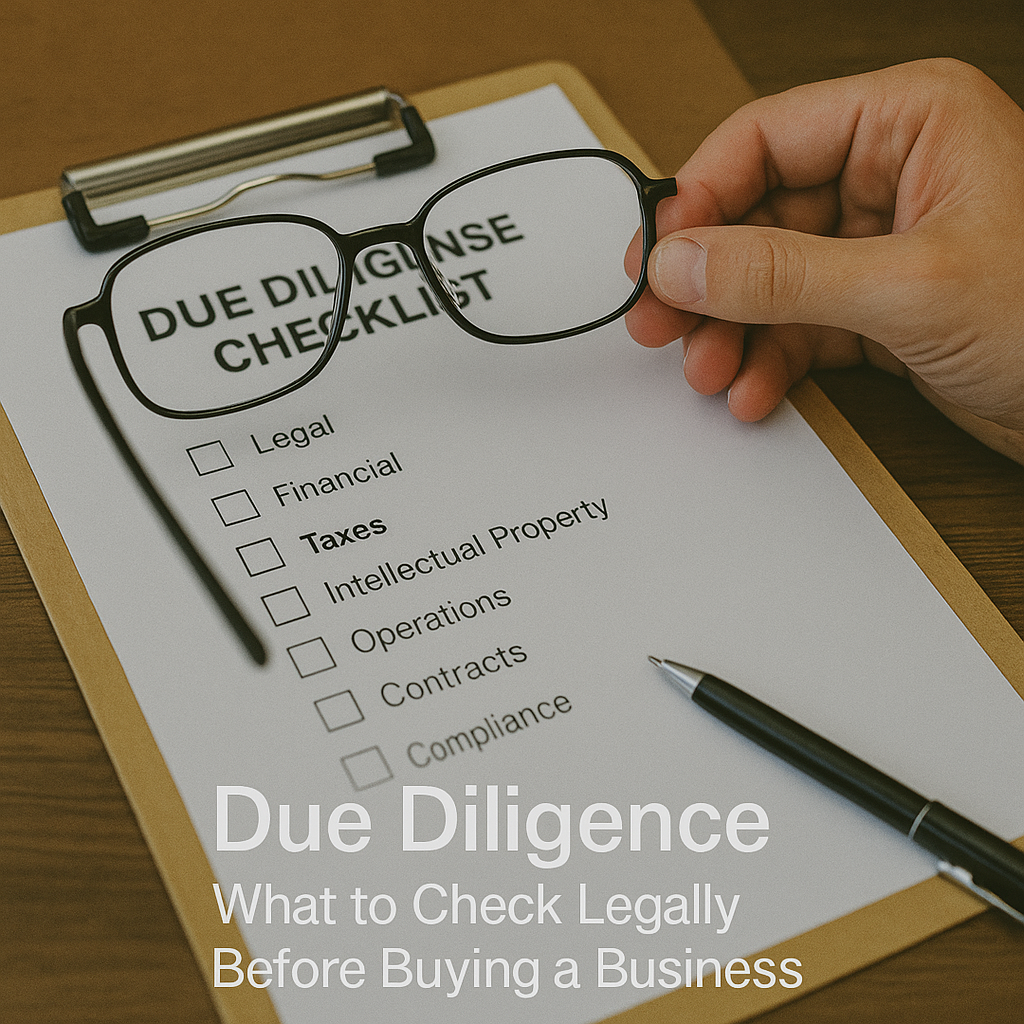Business partnerships offer a dynamic avenue to combine expertise, resources, and innovative ideas to drive growth. However, collaborating in business also entails sharing responsibilities and addressing potential disagreements. Without proper planning, misunderstandings can quickly escalate into costly conflicts. By clearly defining roles, setting expectations, and establishing procedures from the outset, entrepreneurs can build a robust and harmonious business environment.
Establishing a Solid Framework from the Start
For small business owners and entrepreneurs, creating a clear roadmap is essential. While mutual trust and enthusiasm lay a strong foundation, a well-drafted agreement clearly outlines each partner’s rights and obligations, reducing ambiguity. Many business owners rely on comprehensive partnership agreement templates to prevent disputes, ensuring that every partner has a reference point during challenging times.
Before finalizing any agreement, conduct a candid evaluation of your business expectations, financial contributions, and future growth projections. Early discussions help identify potential gaps or differences in vision, allowing you to resolve them proactively. This forward-thinking approach minimizes the risk of conflicts later on, saving time, money, and emotional energy.
Beyond outlining initial roles, effective communication is key. Regular meetings, performance reviews, and contingency planning help foster trust and transparency. This proactive strategy ensures that the partnership remains resilient, even when challenges arise, keeping every member aligned with the business’s overall vision.
How to Structure a Dispute-Free Business Partnership
Incorporating conflict resolution strategies into your agreement is critical for any successful business partnership. A well-structured agreement includes both informal discussions and formal dispute resolution procedures, ensuring that all partners understand how disagreements will be addressed before they escalate.
Integrate a clear hierarchy or defined roles into your business strategy to avoid pitfalls caused by overlapping responsibilities or miscommunication. Clear guidelines help partners understand decision-making authority and conflict resolution methods. Many experts suggest including a mediator clause in the agreement, which provides for an impartial third party to assist in resolving disputes if necessary.
Financial clarity is equally important. Clearly outline revenue shares, capital contributions, and expense responsibilities so that every partner understands their financial role. Clear monetary guidelines promote smoother operations and significantly reduce the likelihood of future disputes.
Legal Tips for Avoiding Disputes in Business Partnerships
Legal preparation often distinguishes a thriving business relationship from a contentious breakup. Among the top legal tips for avoiding disputes is incorporating dispute-arbitration clauses and detailed terms regarding the exit process for any partner. These safeguards not only clarify procedures for worst-case scenarios but also reassure all parties that a clear path forward is in place.
It is essential to detail what constitutes a breach of contract and the subsequent steps that will follow. By establishing these terms, you create a legally binding framework that protects everyone involved. Including exit clauses, non-compete agreements, and confidentiality clauses can prevent minor issues from evolving into significant problems later on.
Engage legal expertise early in the process. Consulting an experienced attorney or using trusted legal resources ensures that your agreement is both compliant and robust. Rather than relying solely on generic templates, personalized legal advice can greatly enhance the longevity and stability of your partnership.
For additional insights on navigating legal challenges in business, consider expert platforms such as Forbes, where industry leaders share advice on avoiding legal pitfalls in small business collaborations.
Creating a Comprehensive Partnership Agreement
A detailed partnership agreement can preempt many disputes. Rather than viewing this document as a mere formality, consider it the blueprint for your shared future. Whether you choose a comprehensive partnership agreement template or customize one to fit your unique business model, thoroughness is key.
Begin by defining the core elements of your partnership—each partner’s contributions, operational responsibilities, and conflict resolution methods. Anticipate scenarios that may require role changes or a complete exit from the venture. Your agreement should cover intellectual property rights, profit distribution, and methods for reinvesting profits back into the business.
Including a timeline with milestones or performance metrics can be invaluable. These benchmarks serve as indicators of the business’s health and provide evidence of progress. Regular reviews of these milestones allow for constructive feedback, ensuring that partners remain aligned and reducing the potential for unexpected friction.
Once the draft is complete, share it with a legal advisor who specializes in business partnerships. Their expertise can help identify potential vulnerabilities and suggest additional clauses to safeguard your interests. Investing in comprehensive legal counsel is often more cost-effective than managing unresolved disputes later on.
In addition to legal advice, consider leveraging non-legal resources. Platforms like small business resources and expert advice on makebusiness.eu provide valuable guidance on partnership management, growth strategies, and effective dispute resolution techniques. Multiple perspectives ensure your final document is both thorough and practical.
Ultimately, your goal should be to build a flexible and resilient partnership. As markets and business needs evolve, so should your agreement. Regularly revising and updating your partnership agreement helps maintain clarity and alignment among partners, ensuring that your business continues to thrive.
Keep in mind the unique dynamics of your business environment by considering industry-specific standards and regulatory requirements. A tailored agreement that adapts to these nuances can prevent disputes related to non-compliance or misinterpretation of sector norms.
The process of drafting and refining your partnership agreement is as much about communication as it is about legal safeguards. Every discussion and review session strengthens your foundation, reducing friction and solidifying your business structure. Regular meetings to revisit goals, expectations, and challenges play a crucial role in keeping the partnership aligned.
Consider integrating conflict resolution training or workshops into your business development strategy. Many successful companies invest in team-building activities and mediation training to better equip partners and teams to handle disagreements. These efforts can reduce both the frequency and intensity of disputes, ensuring smoother day-to-day operations.
- Implement a clear, well-documented agreement to prevent future conflicts.
- Define roles, financial responsibilities, and conflict resolution strategies to build alignment and trust.
- Leverage legal expertise and comprehensive partnership agreement templates to add an extra layer of protection.
- Schedule regular reviews and updates to maintain a dynamic, dispute-free partnership.









